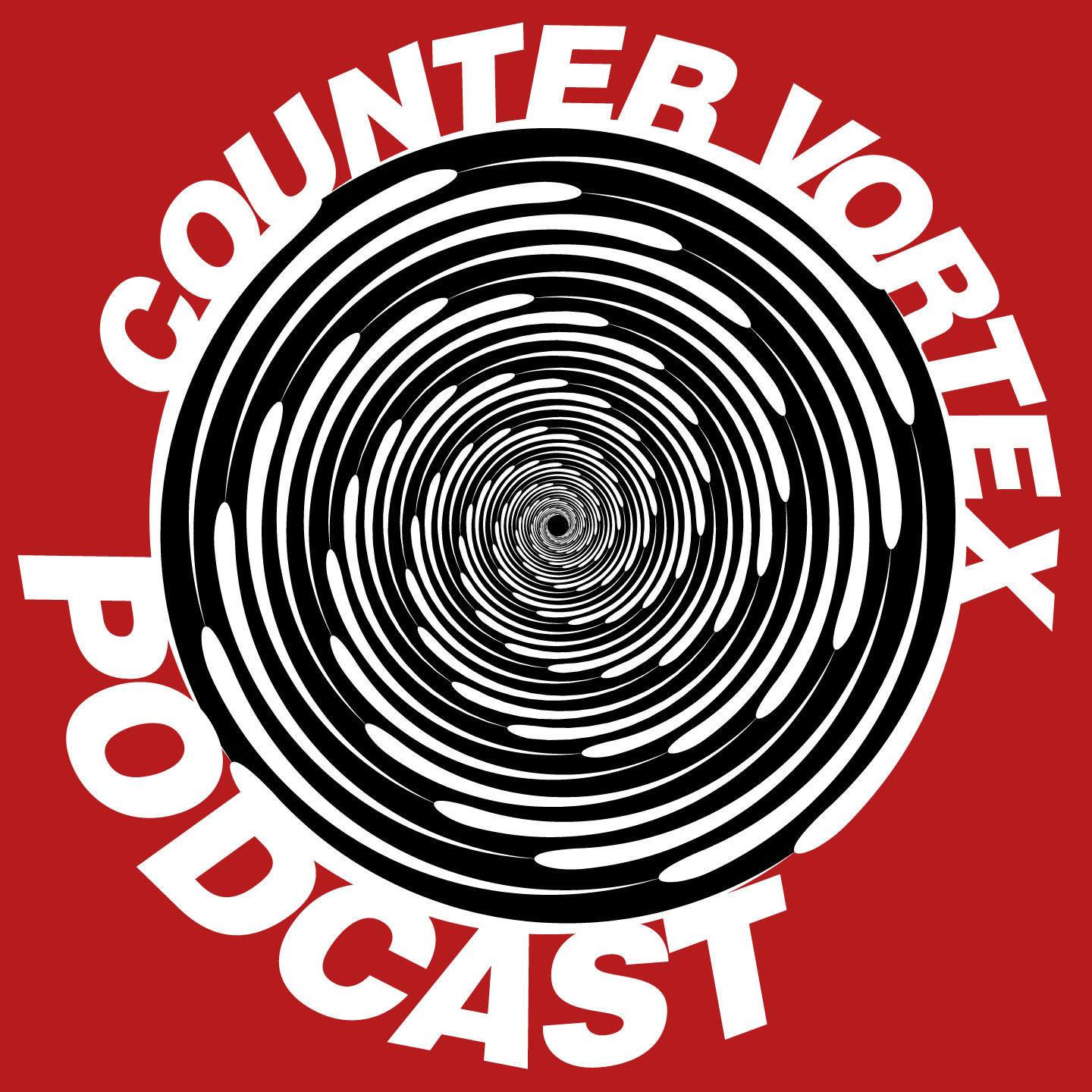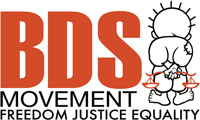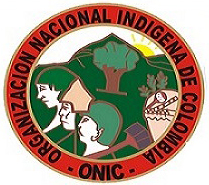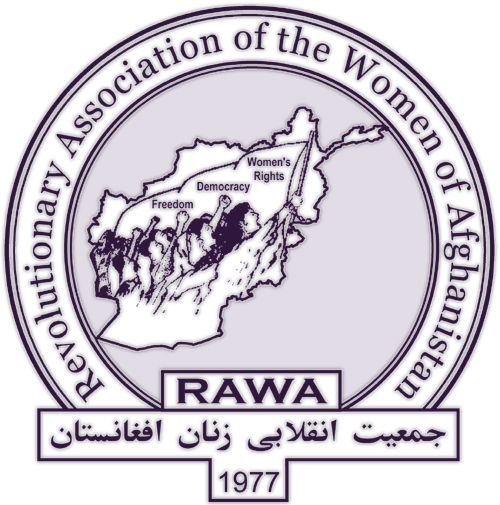narco wars
Anti-drug vigilantes heat up Burma's opium zone
With the harvest season just weeks away, tensions are high in Burma's opium-producing Kachin state following a series of clashes between opium-growing peasants and a local citizen anti-drug movement. Pat Jasan, a patrol established two years ago by the Kachin Baptist Church, has been in repeated confrontations over the past weeks at Kachin's Waingmaw township. The most recent, on Feb. 25, resulted in at least 20 Pat Jasan followers wounded in gunfire and grenade blasts. The vigilantes were apparently set upon by a heavily-armed force while clearing poppy fields.
Colombia: scion snared for paramilitarism
Agents of Colombia's Fiscalía General on Feb. 26 arrested Santiago Uribe Vélez, brother of former president and current right-wing senator Álvaro Uribe Vélez for alleged involvement in the 12 Apostles paramilitary group that terrorized Yarumal municipality, Antioquia department, in the 1990s. The prominent Yarumal rancher was arrested in Medellín, and is said to be suspected of aggravated homicide "delinquency"—meaning involvement in organized crime. An investigation opened in 2014 into his role in the paramilitary group, which is said to have carried out a campaign of at least 33 assassinations of suspected FARC supporters. (El Espectador, El Espectador, Feb. 29) Attorney Daniel Prado Albarracín, representing victims of the 12 Apsotles, is calling for the Santiago Uribe to also be investigated on charges of torture and forced displacement. (El Espectador, March 1)
Pressure on Mexico to free 'community police' leader
Pressure is increasing on Mexico to free imprisoned community activist Nestora Salgado since the UN Working Group on Arbitrary Detention issued a ruling that her imprisonment is illegal. The International Human Rights Clinic at Seattle University Law School had been pursuing her case before the Geneva-based panel for about two years. In the decision—reached in December, but only released Feb. 2—the five-member panel called her arrest arbitrary, and called on Mexico to immediately free and compensate her for the violation of her human rights. The panel found that she was arrested for her leadership of a local "community police" group, which is protected under Mexican law. Additionally, the panel charges that she was denied contact with her lawyers and family for almost year, and has been denied adequate medical care and access to clean water in prison. Finally, the finding charged that she was improperly arrested by the military, and her US passport was ignored. "In the first place, there is no doubt that the arrest and detention without charges is illegal and thus arbitrary," reads the finding. "Furthermore, the military arresting civilians for presumed crimes when national security is not at risk is worrying."
Plan Colombia to become 'Peace Colombia'?
Colombia's President Juan Manuel Santos met at the White House with Barack Obama Feb. 4 to mark 15 years since the initiation of the Plan Colombia aid package, amid signs of hope that the South American country's 50-year armed conflict is winding down. The two of course congratulated each other on the success of the program, which has delivered some $10 billion to Colombia in mostly military aid since 2001. They also discussed a proposed new aid program that Santos is calling the "second phase" of Plan Colombia and Obama proposed actually be called "Peace Colombia." Obama broached a package of $450 million annually to support the peace process in Colombia—an incease over leat year's $300 million. This would go towards implementing the reforms to be instated following a peace deal with the FARC guerillas—with a conitnued focus on drug enforcement. Obama said the US "will keep working to protect our people as well as the Colombian people from the ravages of illegal drugs and the violence of drug traffickers." (Colombia Reports, Feb. 4; El Espectador, Feb. 3)
Mexico: body of abducted Veracruz journalist found
The body of Anabel Flores Salazar, a reporter for El Sol de Orizaba who was abducted from her home near the city of Orizaba in Mexico's Veracruz state on Feb. 8, was found the following day in the neighboring state of Puebla, according to a Puebla state official who spoke on the condition of anonymity to the New York-based Committee to Protect Journalists. The CPJ called on Mexican federal authorities to take over investigation and prosecution of the crime and to consider journalism as a motive.
Colombia: renewed war with ELN guerillas
Just as hopes had risen for a peace dialogue with Colombia's second guerilla group, the National Liberation Army (ELN) carried out an attack with improvised mortars (tatucos) on the barracks of the army's 18th Brigade in the city of Arauca on the Eastern Plains. There were no casualties in the Feb. 8 attack, but the compound was left without electricity. President Manuel Santos convened an emergency meeting of his National Security Council, and pledged to respond harshly. Since then, the ELN has carried out numerous atacks in the region—including a blast on the Caño-Limón pipeline that caused a leak of crude oil.
DEA sees Hezbollah link to Colombian cartel
Lebanese Shi'ite militant group Hezbollah is laundering money for the "Oficina de Envigado," said to be the successor organization to Colombia's legendary Medellín Cartel, according to the DEA. In a Feb. 1 press release, the agency said that members of Hezbollah's External Security Organization Business Affairs Component (BAC) is part of a transnational drug-trafficking scheme that involves "South American drug cartels, such as La Oficina de Envigado." According to the statement, the BAC uses the "black peso money laundering system" established by the Medellín Cartel to launder profits from European cocaine sales through money exchange offices in Colombia and overseas. "These drug trafficking and money laundering schemes utilized by the Business Affairs Component provide a revenue and weapons stream for an international terrorist organization responsible for devastating terror attacks around the world," said DEA acting deputy administrator Jack Riley.
Colombia: peace talks with ELN guerillas?
Colombia's ELN guerillas responded Jan. 31 to the call made two days earlier by Humberto de la Calle, the government's chief negotiator with the FARC guerilla army, to include them in the peace talks. An ELN communique acknowledged that a delegation has been in touch with the government for the past two years to establish terms for opening a formal or "public" peace dialogue, and had expressed its willingness to take this step in November. The statement said the guerillas were still awaiting a response from the government. (El Espectador, Jan. 31)















Recent Updates
2 days 2 hours ago
5 days 1 hour ago
6 days 5 hours ago
6 days 5 hours ago
6 days 19 hours ago
6 days 19 hours ago
6 days 22 hours ago
6 days 22 hours ago
6 days 22 hours ago
1 week 2 days ago